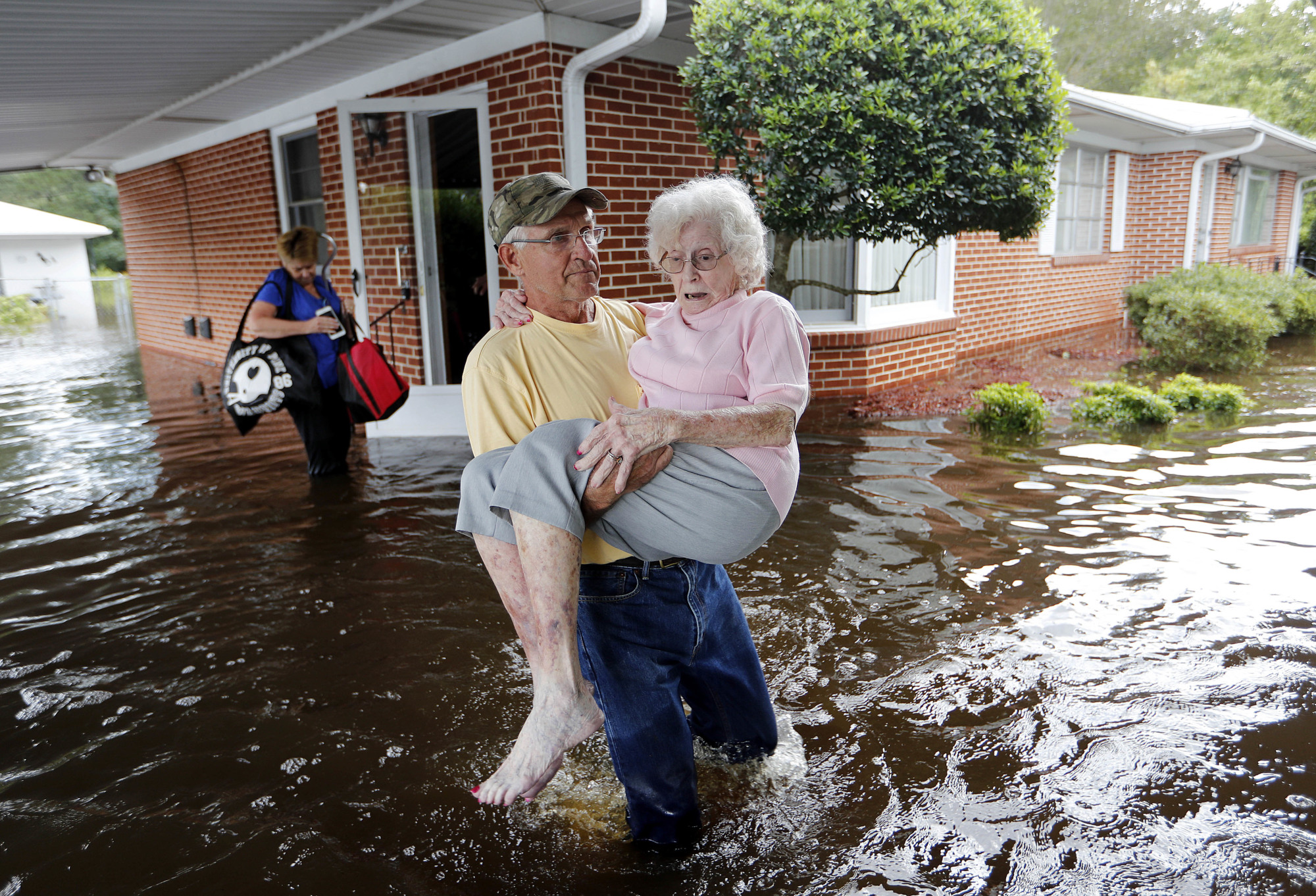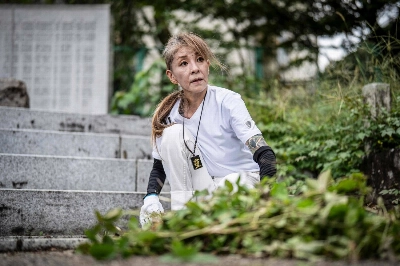Hurricane Florence, which recently smashed into the southeastern United States, is the latest in a string of extreme weather events that has raised expectations for disaster preparedness. With big storms occurring more frequently, authorities worldwide are responding with upgraded early warning systems, better evacuation plans, and more aggressive sheltering strategies.
But the day is fast approaching when fires, droughts and storms exacerbated by global warming will dwarf our ability to respond. The case for reducing carbon dioxide emissions — and slowing the rate of anthropogenic warming — grows stronger with every new catastrophe. The solution is clear: We must elect leaders who will take climate change seriously. In the U.S., the next opportunity to do that will be the midterm congressional elections in November.
Three decades have passed since former NASA scientist James Hansen first warned "with a high degree of confidence" that human activity was making the planet hotter. And yet, because too few people heeded his warnings then, everyone is paying a price now. In the first nine months of 2018, the world has experienced a lifetime's worth of "historic" weather events — from drought-fueled forest fires in the American west, Greece and Sweden, to floods in Hawaii, southern India and elsewhere in South Asia. As Florence was tearing through the Carolinas, Typhoon Mangkhut was swamping the Philippines and southern China.


















With your current subscription plan you can comment on stories. However, before writing your first comment, please create a display name in the Profile section of your subscriber account page.